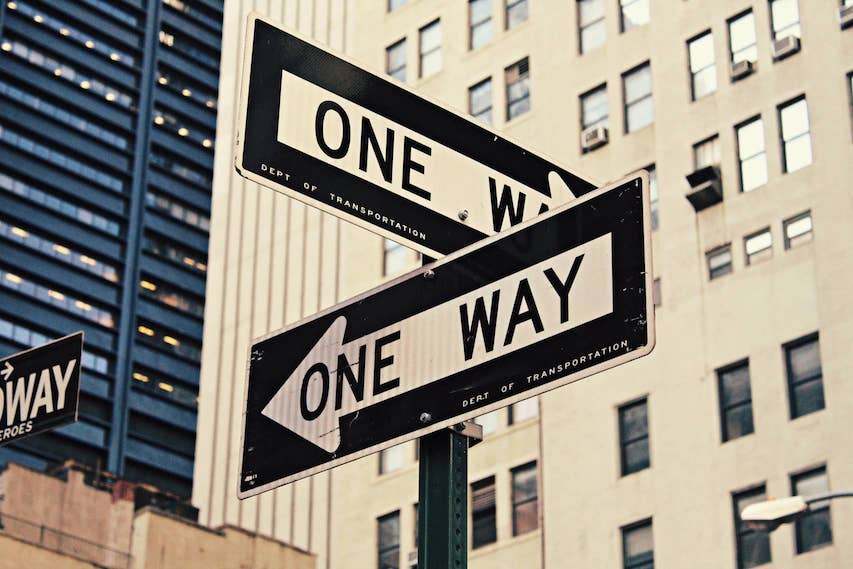"If you are not embarrassed by your first release, you've launched too late" -Reid Hoffman, Founder, LinkedIn

Some people might think enormous amounts of investment is required in order to build the best product or service that will help their business scale up and be able to compete with the big companies to win the market.
If you think a perfect product or service is a prerequisite to start a company, think again. Most people argue that in order to become a winner, one should do extensive research, have a development process and create a product or service with additional features. On the contrary, you should accelerate your product or service development process with basic features and first allow continuous feedback about your product to be given by the market. This method has been used by large companies such as Uber, Airbnb and Dropbox and is known as Minimum Viable Product. It is a great first method to apply before startups scale up with hyper growth.
What is Minimum Viable Product?
Minimum Viable Product (MVP) is product development process that only requires ‘just enough’ features for the market. What’s important for MVP is to gather and learn how the market responds to your product or service. In short, consumers decide the additional features for your product or service. It is a common mistake for entrepreneurs to think and start preparing for an MVP’s end product or service, leading them to assume or expect the customer’s preference to incrementally shift from a basic to a rather feature-rich product or service.
To put it in other words, if you run an experiment or research, it is unacceptable to write results and findings based on assumptions. The results or findings should be based on data collected in your study, the same goes to your MVP as your consumers will decide the fate of it. However, just like research, a series of hypothesis is required before you run your MVP. If you acknowledge the features to be added for your MVP in a hypothesis, you are able to know the falsities of it.
MVP is a process, and the goal of your MVP is to maximize learning.
Why I should carry out Minimum Viable Product?
MVP allows you to continuously pull customer’s feedback, helping you to identify a product-market fit. It also allows you to understand that you should only build something that the market really cares about. Here is a list of benefits you can gain through MVP:
-
Minimisation of Unnecessary Costs and Time Spent
Minimum Viable Product will save two valuable company resources, time and capital. Rather than spending six months developing a single product without knowing the market conditions, MVP cuts the development process and creates a basic product for the market. -
Create Products that the Market Cares About
There are countless products and services out there which people don’t buy, either because it does not satisfy the consumer’s needs and wants or does not fulfill the consumer’s expectations. MVP will let the market decide what it is that requires solving and how to solve problems in certain categories. -
Early Customer Relationship
Through MVP, continuous communication with your early customers will occur. Customers will provide feedback and thus, create the start of a producer and customer relationship. -
Identify Core Value Proposition
MVP will not let your additional features come into play. This will help you to identify your core value proposition of your product or service. -
Pivoting
MVP is not a linear process, it does not always go upwards and lead to additional features. If your people don’t buy your product, you can consider to pivot and create another solution to provide your customers with.
Minimum Viable Product is beneficial for both the company and consumers. It empowers consumers to decide what type of products or services they need whilst at the same time, allowing companies to remove biases in the market demands. The concept of MVP is closely related to the theory of disruptive innovation. From the theory of disruptive innovation do we learn that companies that started with basic features were able to topple over large industry leaders, such as the famous Airbnb and Uber.







